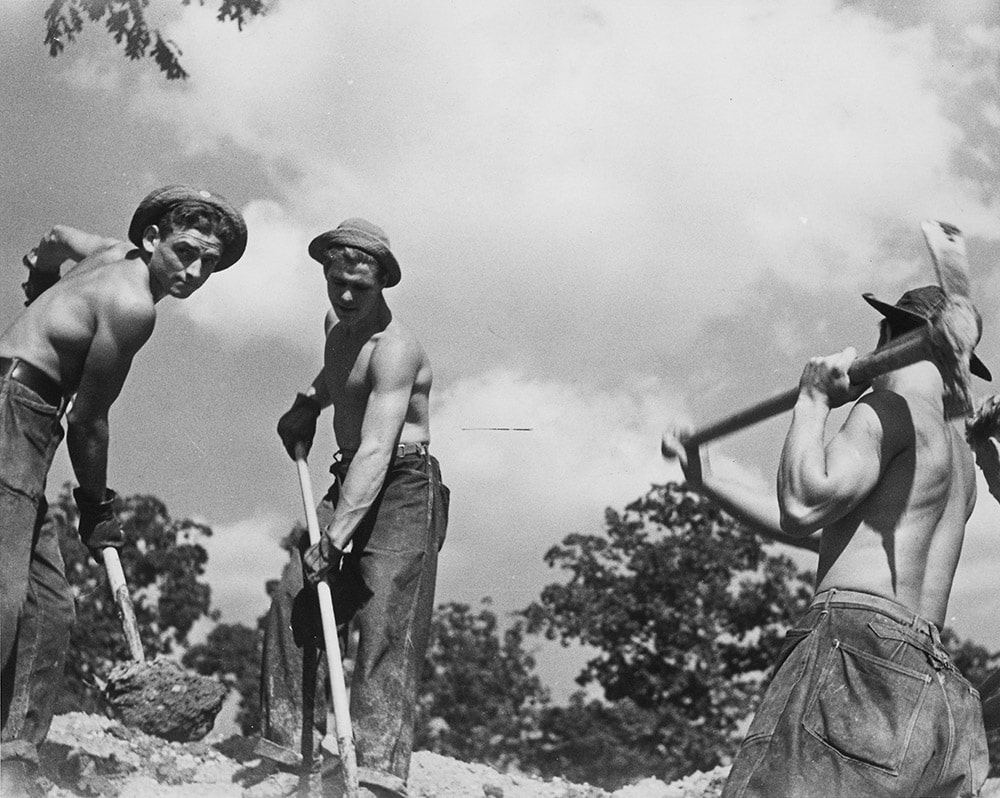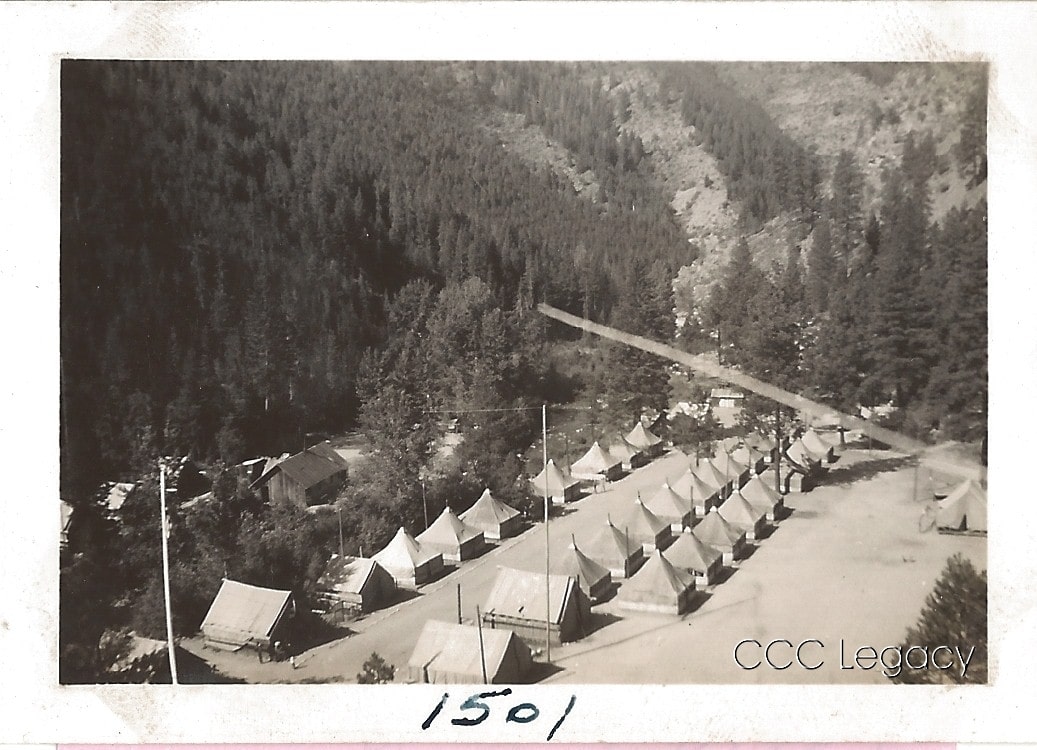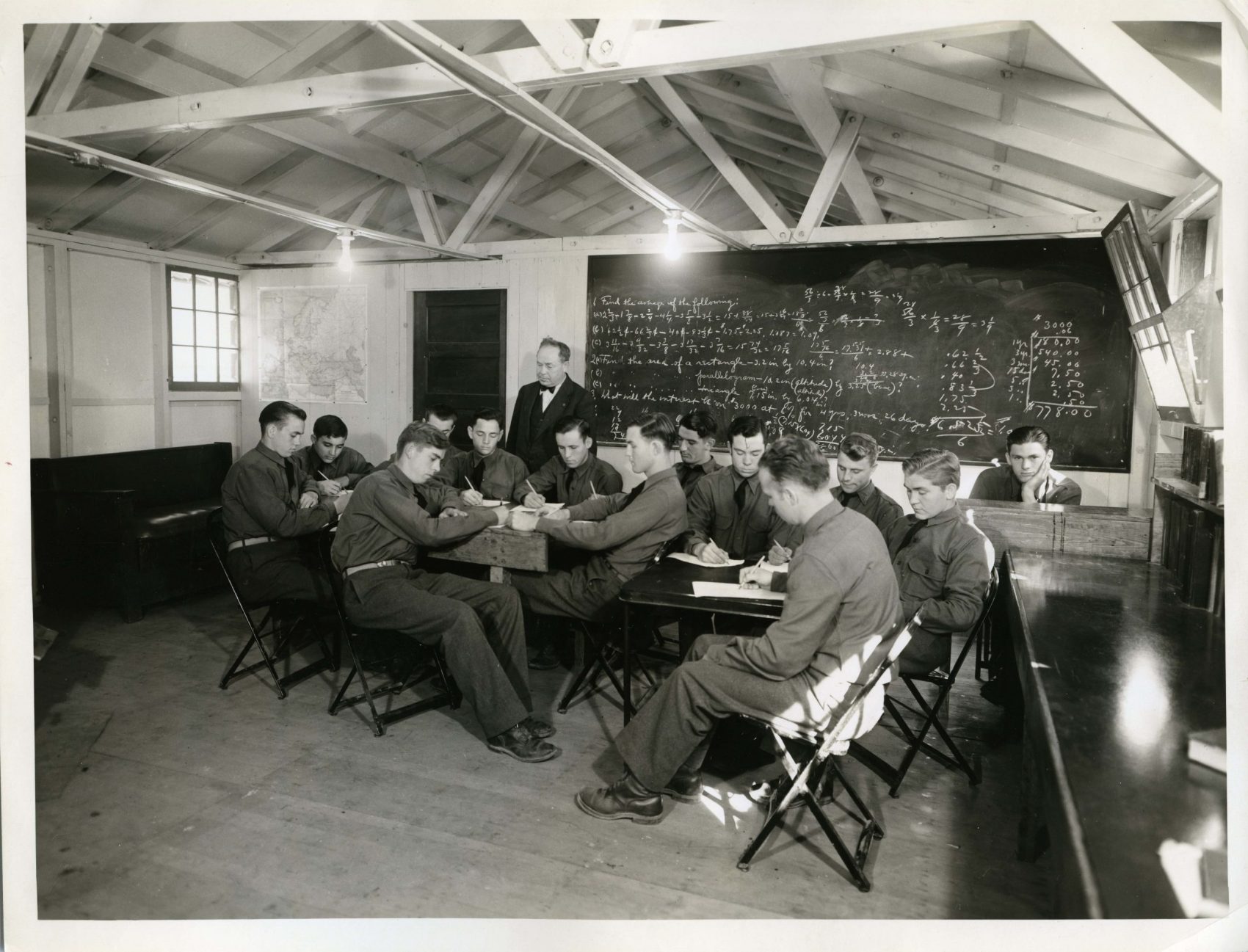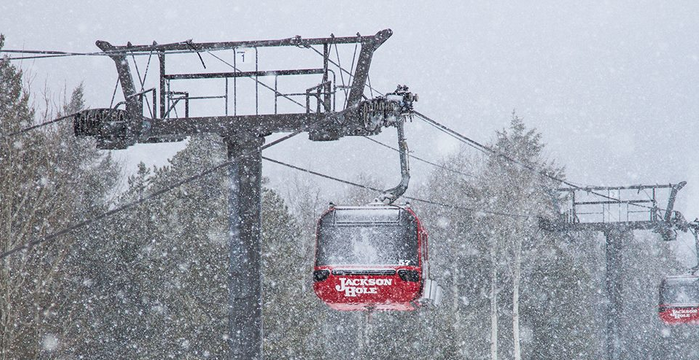
The Civilian Conservation Corps (CCC) opened America’s wilderness and put millions of men to work. During the Great Depression, President Franklin Roosevelt created the CCC as part of the New Deal. The projects were largely environmental based and made the outdoors much more accessible for recreating. The Corps existed from 1933 to 1942, employing over 3 million young men during that time.
- Related: The History of the Legendary 10th Mountain Division, The Men Who Started USA’s Ski Industry
The American ski industry sprang to life through CCC projects. Perry Merill, a Vermont forester, was introduced to skiing when he was studying forestry in Sweden. He believed that the revenue from skiing could finance state parks and forests. When he became in charge of a group of CCC men in 1933 they went to work cutting North America’s first ski trails. Those first trails were in Vermont and New Hampshire taking the names Stowe, Wildcat, and Cannon. Later on, the first trail on Sun Valley was cut by the CCC followed by the installation of many rope tows around the US.

“As I look back over the actual measures which were undertaken…
I realize that the one in which my husband took the greatest pleasure was the establishment of the Civilian Conservation Corps.”
The Civilian Conservation Corps was an overwhelming success. Members received just $30 a month as compensation for their work and had to send all but $5 of their salary home. The men also had three guaranteed meals a day and a bed to sleep in. Climbing their way out of the Great Depression these meager accommodations were much needed and better than they could find anywhere else. The CCC educated men in the classroom and in the field. By the time most men left the CCC they were much more skilled, literate, and healthier than when they enrolled. If you have ventured into the outdoors to recreate you have almost certainly benefitted from the Civilian Conservation Corps.
*Over the 9 years the CCC fought forest fires the total number of days the men worked






Pre-Sierra Club. When things could be built in Wilderness